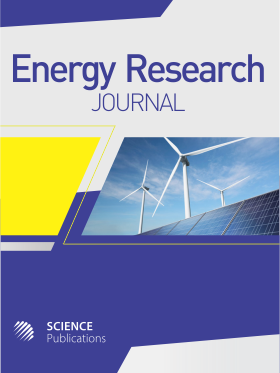Photocatalytic Activity and Antibacterial Behavior of Fe3+-Doped TiO2/SnO2 Nanoparticles
- 1 NANOTEC Center of Excellence at Prince of Songkla University, Thailand
- 2 Prince of Songkla University, Thailand
Abstract
Problem statement: Since bacteria mainly causes damage on fresh vegetables and fruits during transportation to market, anti-bacterial TiO2 photocatalyst was applied for their packaging films. However, it has been known that pure TiO2 exhibits low photocatalytic property due to rapid recombination of photo-activated electrons and holes. Doping with metal or metal oxide shows the improvement of photocatalytic activity and disinfection effect. Approach: Fe3+ was considered to dope into TiO2/3SnO2 photocatalyst in order to enhance the photocatalytic property and bacterial inactivation efficiency. The Fe3+ doped TiO2/3SnO2 nanoparticles were prepared by sol-gel method and calcined at 400 °C for 2 h. The synthesized powders were characterized by XRD, BET and SEM. Photocatalytic activity and bacteria killing effect were determined by means of degradation of methylene blue solution and inactivation of E. coli bacteria, respectively. These tests were performed under UV and visible light irradiations. Results: Fe3+ doping into TiO2/3SnO2 has an effect on inhibition of anatase crystal growth, led to the enlargement of the composite specific surface area. Therefore, the photocatalytic activity of Fe3+ doped TiO2/3SnO2 composite in proper concentration was greater than those of pure TiO2 and TiO2/3SnO2 and 0.5 mol% Fe3+ doping exhibited the highest photocatalytic activity and E.coli inactivation efficiency. The E. coli was completely killed within 90 min under UV irradiation or 99.7% inactivated under visible light exposure. Conclusion: Fe3+ doped TiO2/3SnO2 nanoparticles were successfully synthesized and identified as 100% anatase phase. The 0.5mol% Fe3+-doped TiO2/3SnO2 which has particle size of 12.89 μm and specific surface area of 117.61 m2 g-1, exhibited the highest activity and disinfection efficiency. An attractive feature of Fe3+ doped TiO2/3SnO2 photocatalytic disinfection is its potential to be activated by visible light. Therefore, these composite TiO2 nanoparticles can be utilized for fresh food packaging films.
DOI: https://doi.org/10.3844/erjsp.2010.120.125

- 7,505 Views
- 8,712 Downloads
- 60 Citations
Download
Keywords
- Photocatalytic
- sol-gel
- antibacterial
- Fe3+ doped TiO2/SnO2
- TiO2
